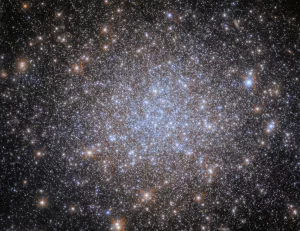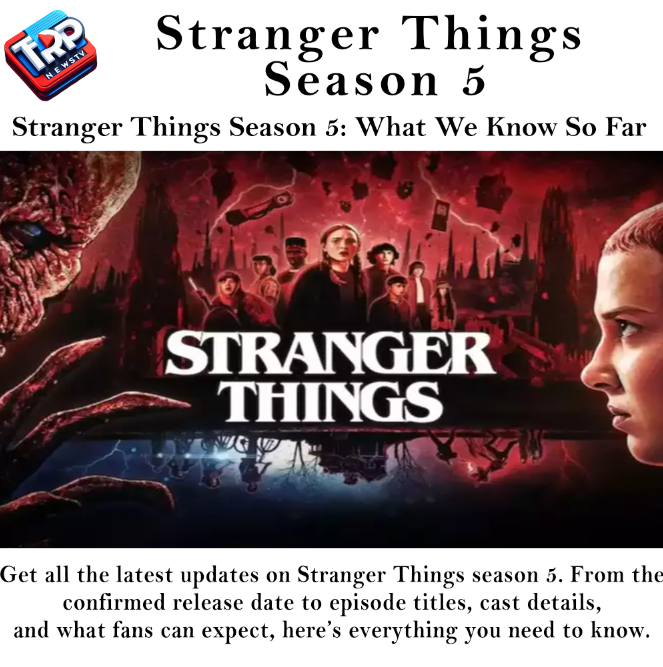( Are You Curious About the Universe’s Past? Look to Globular Clusters! )Imagine peering into a time machine, witnessing the universe as it was billions of years ago. Thanks to the incredible Hubble Space Telescope, we can embark on this cosmic journey through the study of globular clusters. These magnificent structures, unlike anything we see in our night sky, hold the key to unlocking the universe’s grand history.
Galactic Gems: A Glimpse into the Past(Are You Curious About the Universe’s Past? Look to Globular Clusters!)
Picture a shimmering ball of stars, hundreds of thousands to even millions strong, all woven together by the invisible threads of gravity. This, my friends, is a globular cluster. These celestial wonders are not just beautiful; they’re also fossil records of the early universe, some dating back a staggering 13.2 billion years. In essence, they’re like tiny museums, housing stars that formed when the universe was in its infancy.

NGC 1841: A Case Study in Cosmic Aging
Let’s take a closer look at a specific globular cluster called NGC 1841. Located roughly 28,000 light-years away in our very own Milky Way galaxy, this cluster is a bustling metropolis of stars. Most of its residents are old-timers, red giants nearing the end of their stellar lives. Studying these clusters is like interviewing the universe’s most ancient citizens, gathering invaluable information about its early years.
Time Capsules of the Cosmos ( Are You Curious About the Universe’s Past? Look to Globular Clusters! ):
Imagine a universe brimming with young, vibrant stars. That’s the environment where globular clusters formed. By studying their composition, astronomers can piece together the chemical fingerprint of the early universe. It’s like analyzing the building blocks that formed the galaxies we see today.
Hubble: Our Cosmic Eye
Our journey wouldn’t be possible without the remarkable Hubble Space Telescope. Its sharp gaze allows us to peer into the heart of these dense clusters, resolving individual stars from unimaginable distances. It’s like having a powerful magnifying glass, revealing the intricate details of these celestial time capsules.
The Future of Discovery Awaits
The quest to understand our universe is far from over. The upcoming James Webb Space Telescope promises to take us even deeper into the realm of globular clusters. Its advanced technology will unveil secrets hidden within, shedding new light on how galaxies formed and evolved.( Are You Curious About the Universe’s Past? Look to Globular Clusters! )
So, the next time you gaze up at the night sky, remember the silent stories whispered by the distant globular clusters. They are not just clusters of stars; they are testaments to the grand narrative of the universe, waiting to be unraveled. As we continue to explore, these celestial fossils will undoubtedly continue to teach us valuable lessons about our cosmic origins.(Are You Curious About the Universe’s Past? Look to Globular Clusters! )







